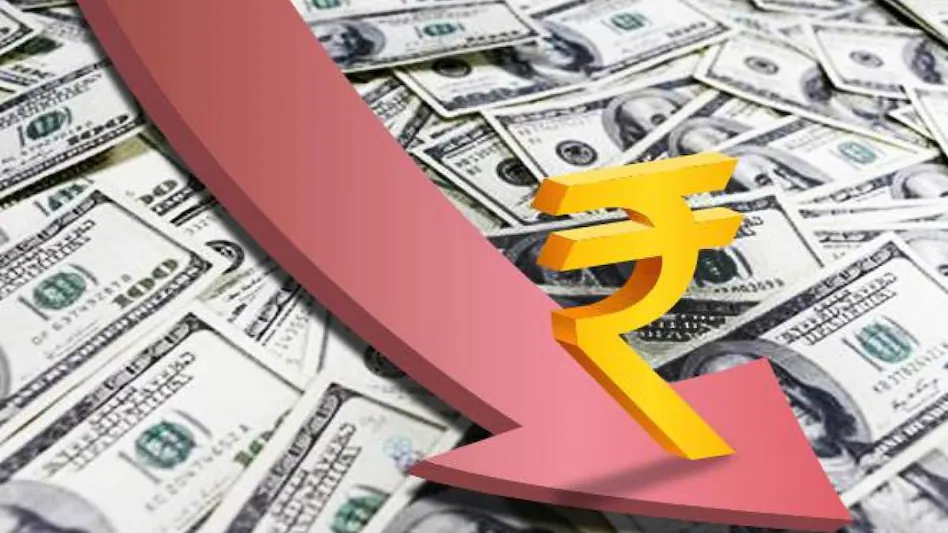India’s central bank is reportedly intervening in the foreign exchange market to stabilize the rupee, which has come under acute pressure following the United States’ imposition of steep tariffs on Indian exports. Traders and market participants suggest that the Reserve Bank of India (RBI) has resumed selling US dollars—both in spot markets and through non-deliverable forwards (NDF)—to cushion the rupee from breaching record lows. This marks a tactical shift in RBI’s currency management strategy, as it seeks to balance volatility control with broader macroeconomic stability.
The rupee’s recent slide, triggered by a 25 percent tariff hike from the US and compounded by geopolitical tensions over India’s Russian oil imports, has raised alarm across financial markets. With the currency touching 87.88 against the dollar—just shy of its all-time low—the RBI’s calibrated intervention aims to prevent panic selling and restore investor confidence.
Key Developments and Market Signals
The rupee depreciated 1.2 percent in a single week, reaching 87.54 against the dollar, its weakest level since February 2025
RBI is believed to have sold at least USD 5 billion in August to manage volatility, according to FocusEconomics and Reuters sources2
Intervention has occurred via spot market sales and NDF channels, marking a return to tools previously sidelined under Governor Sanjay Malhotra’s tenure
Foreign portfolio investors (FPIs) turned net sellers in July, withdrawing Rs 17,741 crore amid trade and currency uncertainty
RBI’s Tactical Shift: Light Touch, Strategic Timing
Intervention Mechanics
-
The RBI’s recent actions reflect a “light touch” approach, aimed at smoothing volatility rather than defending a specific level
-
Traders report dollar sales in offshore NDF markets, a tool the RBI had largely avoided since early 2025
-
Spot market operations have also intensified, with liquidity injections timed around tariff-related announcements
Policy Context
-
The RBI paused its rate-cutting cycle in August, holding the repo rate at 5.50 percent amid tariff uncertainty and rupee weakness
-
Inflation has cooled to a six-year low, but the central bank remains cautious due to external shocks and capital flow risks
Strategic Balancing
-
The RBI faces a dual challenge: supporting growth amid trade headwinds while preventing excessive currency depreciation
-
Analysts expect further intervention if the rupee approaches or breaches the 88.00 threshold
US Tariffs: A Currency and Trade Shock
-
President Donald Trump’s decision to impose a 25 percent tariff on Indian exports—citing energy and defense ties with Russia—has rattled markets1
-
Key export sectors affected include textiles, pharmaceuticals, and refined petroleum, which together contributed USD 29 billion in FY24
-
The tariff escalation has disrupted India’s export push and is expected to shave 30 basis points off GDP growth if sustained
Investor Response and Sector Rotation
Equity Market Impact
-
The Nifty 50 index has entered a five-week losing streak, with the Nifty IT index down 10 percent in a month
-
Defensive sectors like FMCG and utilities are seeing increased inflows as investors rotate away from export-dependent industries
Currency Hedging
-
FPIs are adopting aggressive hedging strategies, including rupee options and forward contracts
-
Domestic mutual funds are increasing exposure to gold and dollar-denominated assets as a hedge against rupee volatility
Looking Ahead: What to Watch
-
The RBI’s next monetary policy meeting is scheduled for September 29–October 1, with markets split on whether a rate cut will follow
-
Progress on India-US trade negotiations will be critical in shaping currency and policy trajectories
-
A potential rate cut in the US by the Federal Reserve in September could offer some relief to the rupee by weakening the dollar globally
Sources: Reuters, FocusEconomics, US News Money, Times of India, AInvest, ETHospitalityWorld.

